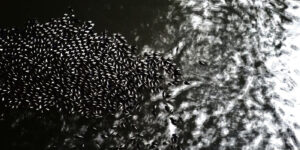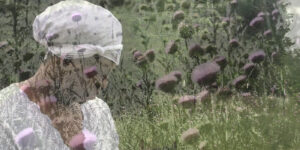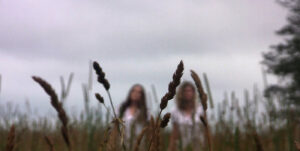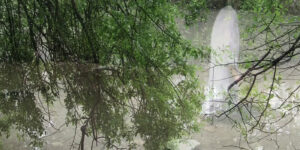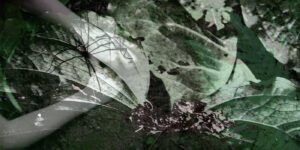The ghost videos in the series “Reflections on the Way to the Gallows” create a past-present realism through the use of pans, dissolves and overlays. Cinema and poetry distill information in similar ways: each puts emphasis on indirect communication. The cinematic or indirect examination of the cruel deaths of these women puts a truth about them. Not a linear truth or an explicit one, but an equally powerful emotional one.
Richard Bailey—Poet, Filmmaker
For the past two years, I’ve researched the twenty-one women who were publicly killed in the state of Pennsylvania between 1682-1834. Upon moving to Texas in 2011, I’ve continued my research there. Filming at the sites of the former gallows, as well as creating narratives based on historical documents, I’m interested in the similarities between lynchings (illegal public executions primarily of blacks) and the sanctioned public executions of females. Both occurred for public spectacle and entertainment — the consumption of death for prurient pleasure. It is interesting to note that most of the former gallows sites are now public parks — places for public gatherings. Yet the sites do not allow for visitors to engage or confront tragic history or contemplate/memorialize the victims.
The project has two components—a multiple channel video installation, as well as a web-based work. For the web project, I am using google map software to create virtual “dark tourism sites” where viewers will have access to narrated short videos about the sites’ history.
In the series of videos, I make the absent present, uncovering the hidden histories that allows for critical discourse. Like many other artists, I have a personal need to understand history, especially atrocity. The work provides a conduit for cultural memory, questioning how we engage in acts of remembrance.


